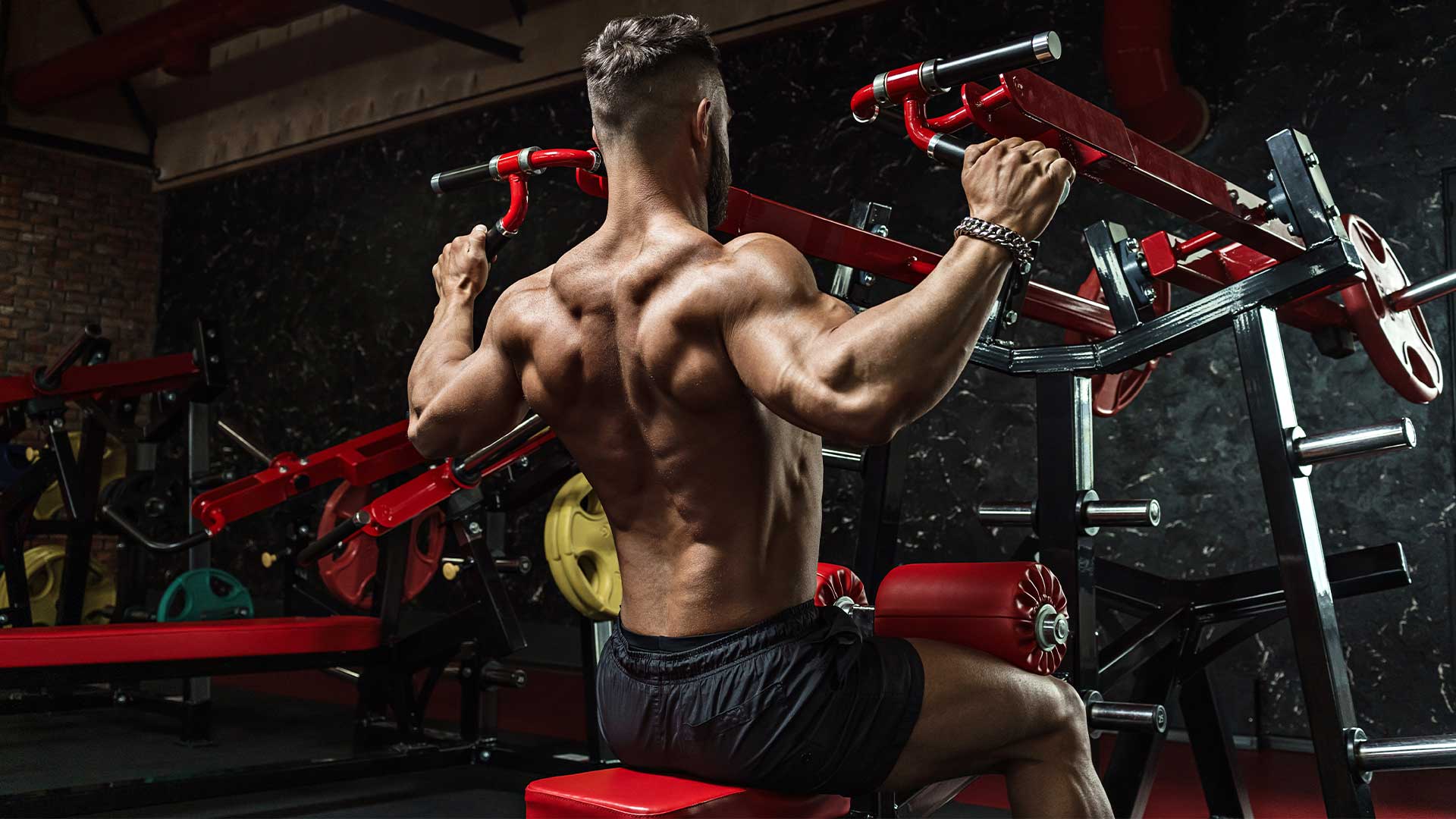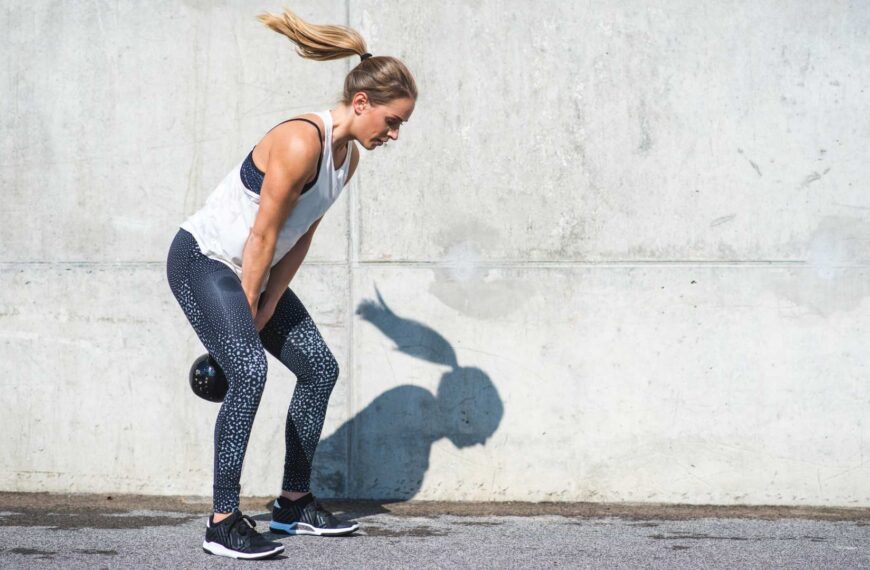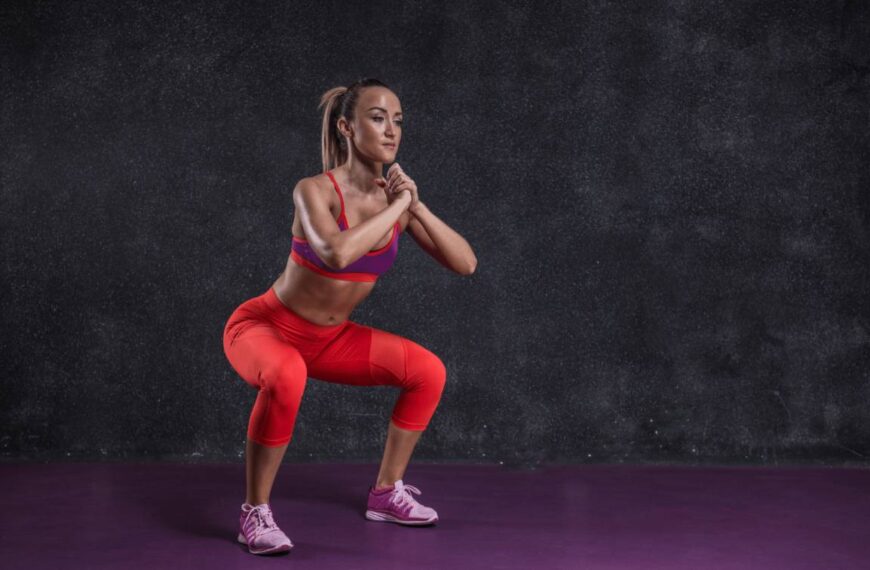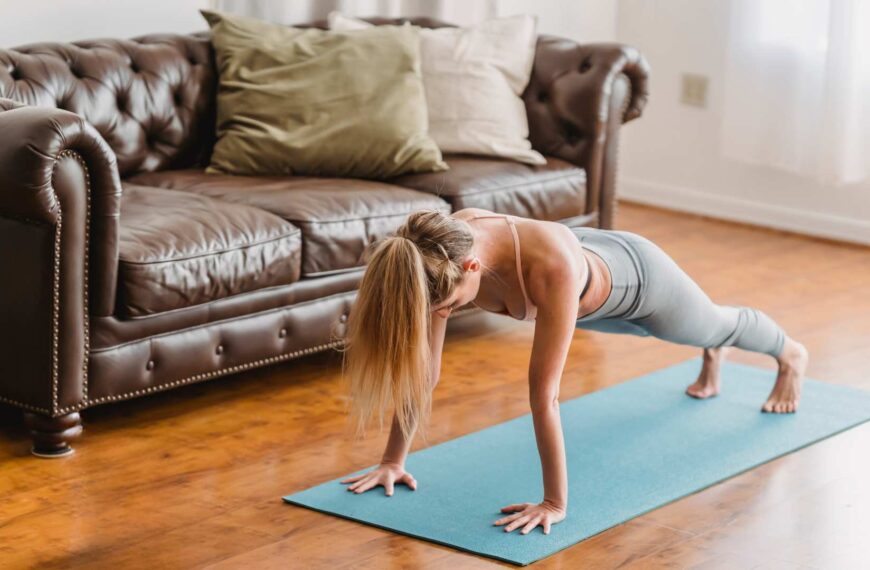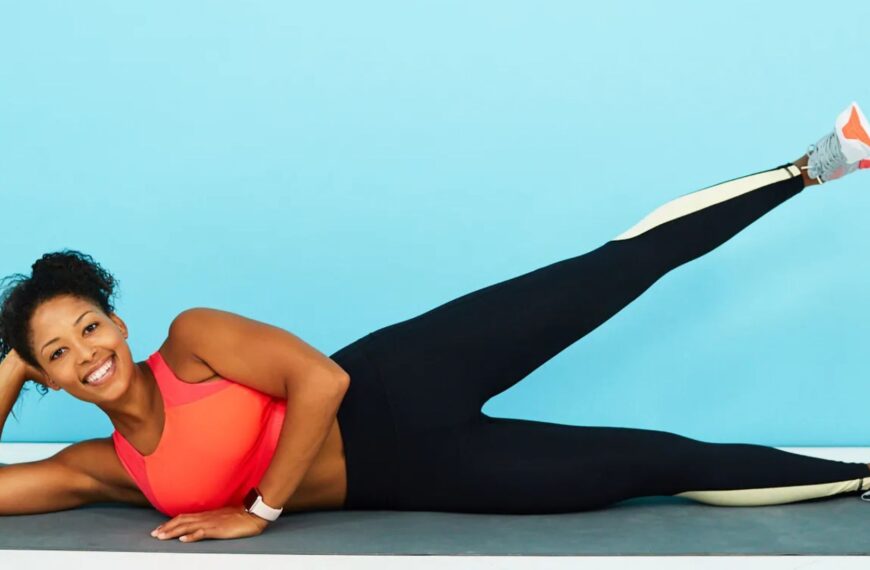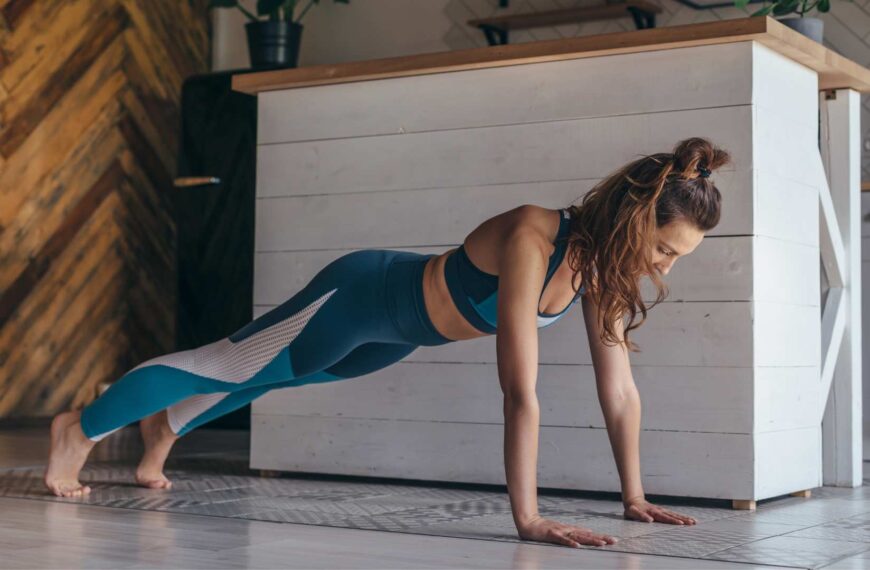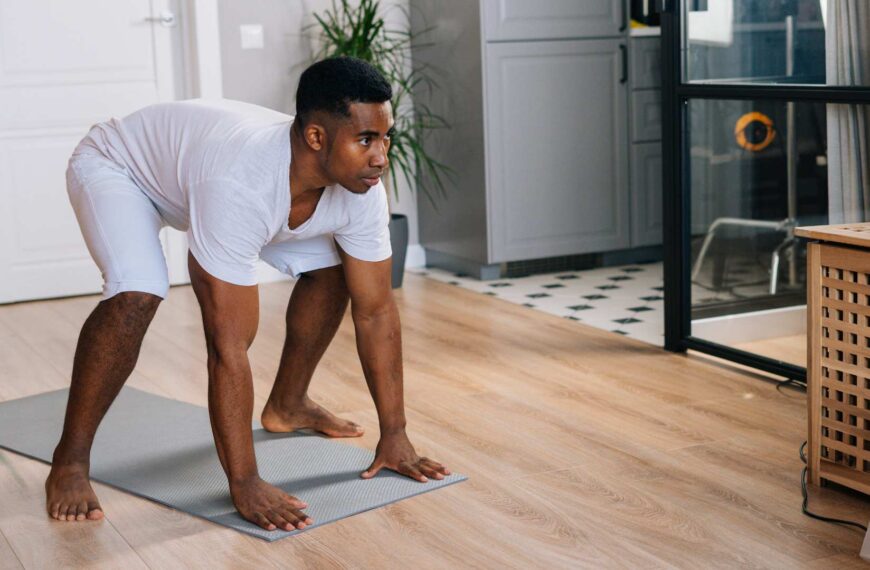Are you looking for a way to build muscle, increase endurance, and improve overall fitness? Look no further than strength and conditioning calisthenics exercises. Calisthenics are bodyweight exercises that require no equipment and can be done anywhere. They are versatile, challenging, and offer a wide range of exercises suitable for all fitness levels.
Calisthenics exercises for strength and conditioning
- Calisthenics exercises are defined along with their benefits for strength and conditioning.
- Basic and advanced calisthenics exercises are listed with proper form, technique, modifications, and tips for using Merlin.
- Tips for proper form and technique are given, how to incorporate calisthenics into your routine, and creating a calisthenics workout plan.
Benefits of Strength and Conditioning Calisthenics Exercises
Strength and conditioning calisthenics exercises are an excellent way to build strength and endurance. They use your body weight as resistance, which can increase muscle mass, improve cardiovascular fitness, and enhance flexibility. Calisthenics are also a great way to improve core strength and stability, which can help prevent injuries and improve posture.
Another benefit of calisthenics is that they can be easily modified to suit your fitness level and goals. For example, if you are a beginner, you can start with basic exercises like push-ups, squats, and lunges. As you progress, you can increase the difficulty of these exercises by adding variations or increasing the number of repetitions.
Basic Strength and Conditioning Calisthenics Exercises
Push-ups
Push-ups are a classic calisthenics exercise that targets the chest, shoulders, triceps, and core. To perform a push-up, start in a plank position with your hands shoulder-width apart. Lower your body until your chest almost touches the ground, then push back up to the starting position.
Proper form and technique are essential for push-ups. Keep your back straight, your elbows close to your body, and your core engaged. Modifications for different fitness levels include knee push-ups or incline push-ups.
Pull-ups
Pull-ups are a challenging exercise that targets the back, shoulders, and biceps. To perform a pull-up, hang from a bar with your palms facing away from you. Pull yourself up until your chin is above the bar, then lower yourself back down.
Proper form and technique are critical for pull-ups. Keep your back straight, your core engaged, and your elbows close to your body. Modifications for different fitness levels include assisted pull-ups or inverted rows.
Squats
Squats are a lower body exercise that targets the quads, hamstrings, and glutes. To perform a squat, start with your feet shoulder-width apart and your toes pointing forward. Lower your body until your thighs are parallel to the ground, then push back up to the starting position.
Proper form and technique are crucial for squats. Keep your back straight, your feet flat on the ground, and your knees behind your toes. Modifications for different fitness levels include assisted squats or pistol squats.
Lunges
Lunges are a lower body exercise that targets the quads, hamstrings, and glutes. To perform a lunge, start with your feet hip-width apart and step forward with one foot. Lower your body until your front thigh is parallel to the ground, then push back up to the starting position.
Proper form and technique are essential for lunges. Keep your back straight, your front knee behind your toes, and your core engaged. Modifications for different fitness levels include reverse lunges or walking lunges.
Planks
Planks are a core exercise that targets the abs, obliques, and lower back. To perform a plank, start in a push-up position with your forearms on the ground. Hold this position for as long as you can while keeping your body straight.
Proper form and technique are critical for planks. Keep your back straight, your core engaged, and your hips level. Modifications for different fitness levels include side planks or plank jacks.
Burpees
Burpees are a full-body exercise that targets the chest, shoulders, triceps, abs, quads, hamstrings, and glutes. To perform a burpee, start in a standing position, then drop down into a push-up position. Perform a push-up, then jump your feet back to your hands and stand up.
Proper form and technique are essential for burpees. Keep your back straight, your core engaged, and your hips level. Modifications for different fitness levels include step-back burpees or half burpees.
Advanced Strength and Conditioning Calisthenics Exercises
| Exercise | Repetitions | Sets | Rest Time |
|---|---|---|---|
| Push-ups | 12-15 | 3 | 1 minute |
| Squats | 12-15 | 3 | 1 minute |
| Lunges | 12-15 (per leg) | 3 | 1 minute |
| Pull-ups | 8-10 | 3 | 1 minute |
| Planks | 30-60 seconds | 3 | 1 minute |
| Burpees | 10-12 | 3 | 1 minute |
| Handstand push-ups | 8-10 | 3 | 1 minute |
Muscle-ups
Muscle-ups are an advanced exercise that targets the back, shoulders, chest, and triceps. To perform a muscle-up, start by hanging from a bar with your palms facing away from you. Pull yourself up until your chest reaches the bar, then push yourself up and over the bar.
Proper form and technique are crucial for muscle-ups. Keep your back straight, your core engaged, and your elbows close to your body. Modifications for different fitness levels include assisted muscle-ups or jumping muscle-ups.
Handstand Push-ups
Handstand push-ups are an advanced exercise that targets the shoulders, triceps, and chest. To perform a handstand push-up, start in a handstand position with your hands on the ground. Lower your body until your head almost touches the ground, then push back up to the starting position.
Proper form and technique are critical for handstand push-ups. Keep your back straight, your core engaged, and your elbows close to your body. Modifications for different fitness levels include pike push-ups or wall-assisted handstand push-ups.
Pistol Squats
Pistol squats are an advanced exercise that targets the quads, hamstrings, and glutes. To perform a pistol squat, start with one foot on the ground and the other foot in the air. Lower your body until your thigh is parallel to the ground, then push back up to the starting position.
Proper form and technique are essential for pistol squats. Keep your back straight, your core engaged, and your hips level. Modifications for different fitness levels include assisted pistol squats or single-leg squats.
Front Levers
Front levers are an advanced exercise that targets the back, shoulders, and core. To perform a front lever, hang from a bar with your palms facing away from you. Lower your body until your torso is parallel to the ground, then hold this position.
Proper form and technique are crucial for front levers. Keep your back straight, your core engaged, and your elbows close to your body. Modifications for different fitness levels include tuck front levers or assisted front levers.
Back Levers
Back levers are an advanced exercise that targets the back, shoulders, and core. To perform a back lever, hang from a bar with your palms facing towards you. Lower your body until your torso is parallel to the ground, then hold this position.
Proper form and technique are essential for back levers. Keep your back straight, your core engaged, and your elbows close to your body. Modifications for different fitness levels include tuck back levers or assisted back levers.
Planche
Planche is an advanced exercise that targets the chest, shoulders, and core. To perform a planche, start in a push-up position with your hands on the ground. Lean forward until your feet leave the ground, then hold this position.
Proper form and technique are critical for planches. Keep your back straight, your core engaged, and your elbows close to your body. Modifications for different fitness levels include frog planches or tuck planches.
How to Incorporate Strength and Conditioning Calisthenics Exercises Into Your Workout Routine
Incorporating strength and conditioning calisthenics exercises into your workout routine is easy. You can start by adding a few basic exercises like push-ups, squats, and lunges to your existing workout routine. As you progress, you can add more advanced exercises like muscle-ups, handstand push-ups, and planches.
Combining calisthenics with other forms of exercise can also be beneficial for strength and conditioning. For example, you can combine calisthenics with resistance band training exercises to increase resistance and build muscle. You can also incorporate calisthenics into crossfit training for an invigorating strength workout.
How to Progress Through the Exercises and Prevent Injuries
Proper progression is essential for preventing injuries and reaching your fitness goals. Start with the basic exercises and gradually increase the difficulty level by adding variations or increasing the number of repetitions. However, be careful not to progress too quickly, as this can lead to injuries.
Proper form and technique are also crucial for preventing injuries. Avoid common mistakes like arching your back, rounding your shoulders, and letting your knees collapse inward. Use instructional videos, resistance band training exercises, and Pilates for core strength to improve your form and technique.
Conclusion
Strength and conditioning calisthenics exercises are an excellent way to improve your overall fitness, build muscle, and increase endurance. Whether you are a beginner or an advanced athlete, there are exercises suitable for all fitness levels. By incorporating strength and conditioning calisthenics exercises into your workout routine and following proper progression techniques, you can achieve your fitness goals while preventing injuries.
FAQ
Who can benefit from strength and conditioning calisthenics exercises?
Anyone looking to improve their overall fitness level.
What are some examples of strength and conditioning calisthenics exercises?
Push-ups, squats, lunges, planks, and pull-ups.
How do I incorporate strength and conditioning calisthenics exercises into my workout routine?
Start with a few basic exercises, gradually increasing reps and intensity.
What if I don’t have access to a gym or equipment for strength and conditioning calisthenics exercises?
Bodyweight exercises can be done anywhere, no equipment needed.
How long does it take to see results from strength and conditioning calisthenics exercises?
Results vary, but consistent workouts can lead to noticeable improvements in a few weeks.
What if I’m not strong enough to do certain calisthenics exercises?
Modify the exercises to make them easier, gradually increasing intensity as strength improves.
Merlin for Calisthenics Exercises
Merlin Fitness Apps are invaluable tools for individuals looking to excel in calisthenics exercises. Calisthenics, which involves bodyweight exercises like push-ups, pull-ups, and squats, can be challenging to master, but Merlin Fitness Apps offer several features that make them highly effective for calisthenics enthusiasts.
First and foremost, these apps provide a wealth of instructional content and guidance specifically tailored to calisthenics exercises. Through detailed video tutorials and step-by-step instructions, users can learn proper form and technique for each exercise. This is crucial for ensuring safety and effectiveness in calisthenics, as proper form minimizes the risk of injury and maximizes muscle engagement.
Merlin Fitness Apps also offer workout customization features, allowing users to design calisthenics routines that align with their fitness goals and current abilities. Whether you’re a beginner looking to build foundational strength or an advanced practitioner aiming to master advanced moves like muscle-ups or handstands, you can create a workout plan tailored to your needs. This customization ensures that you’re constantly challenged and can progress at your own pace.


